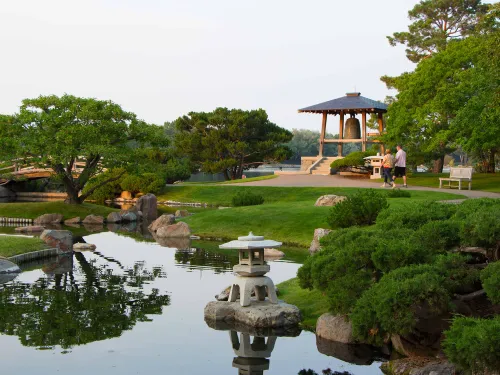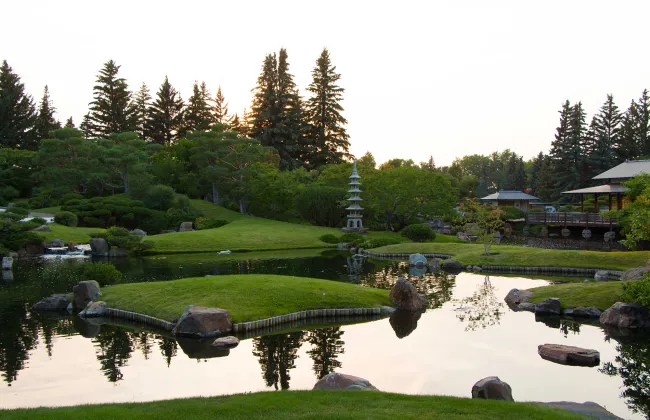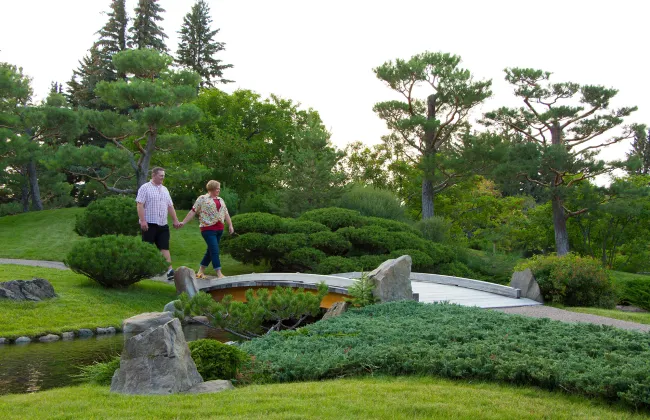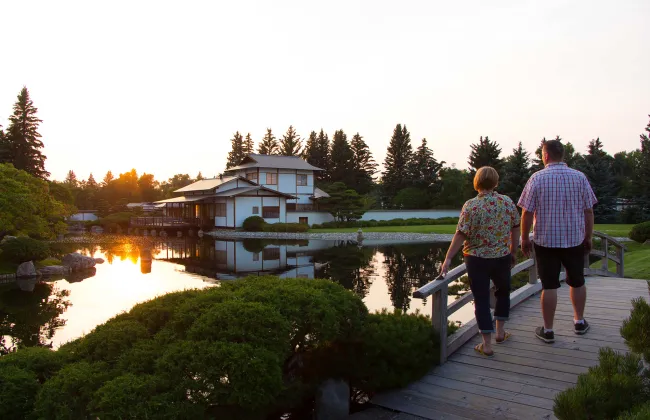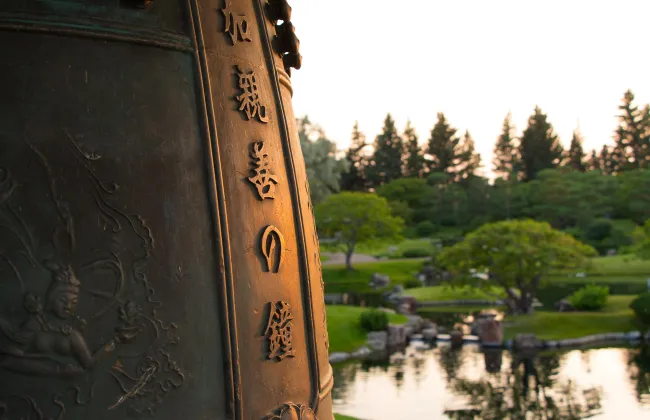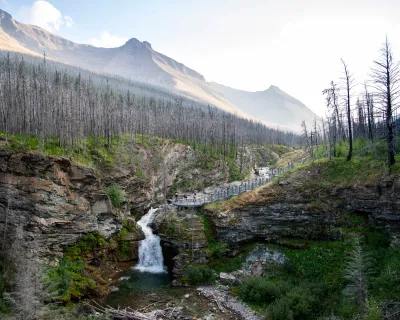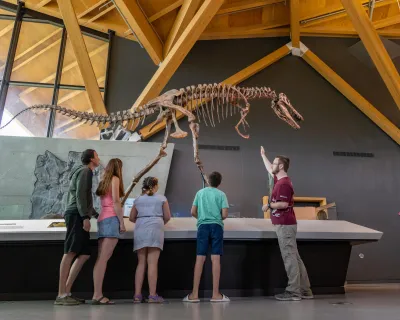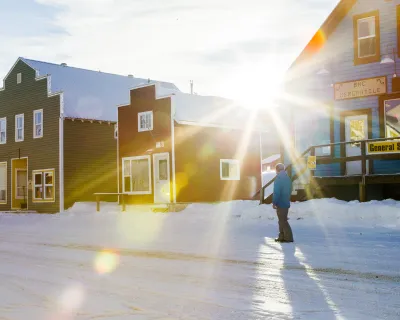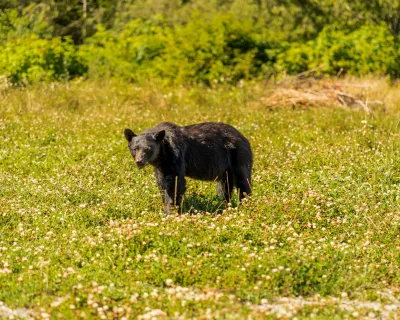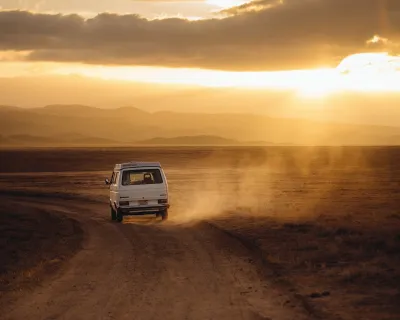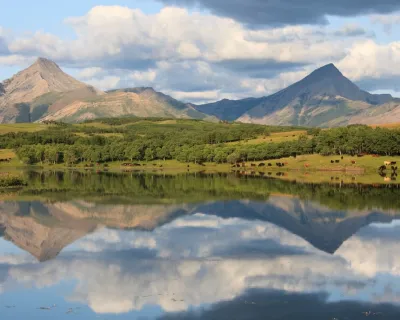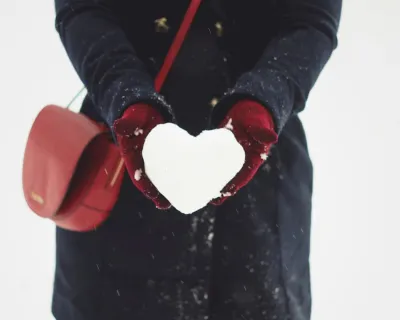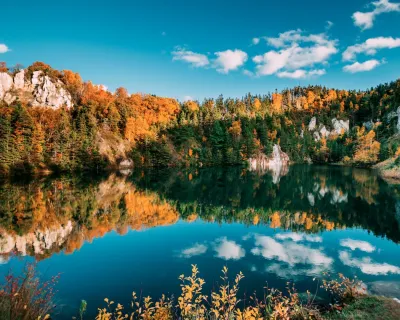5 ways to find peace at Nikka Yuko Garden in Lethbridge
A ZenSeekers' road trip isn't complete unless the destinations include outdoor adventures, and culinary, learning and cultural experiences. Create your #BucketlistAB itinerary in Southern Alberta and come and stay a night and see a sight.
By Paula Worthington
I’ll admit that I don’t know much about Japanese garden philosophy – I thought that a “bonsai” was an actual type of tree, when it’s actually the art form of shaping a tree in a specific way. That said, I’ve always been drawn to garden spaces, but walking through the door to the Nikka Yuko Garden in Lethbridge was like strolling into a gorgeous outdoor space in Japan.
At first, I was a little confused. How did a large Japanese garden end up in Lethbridge? Turns out, the garden was established during Canada’s Centennial in 1967, serving to recognize the contributions made by citizens of Japanese ancestry to the community of Lethbridge, as a sign of international friendship.
Explore Lethbridge this season
Plan your adventure...
“The name of the garden itself symbolizes the friendship,” says Michelle Day, executive director of the garden. “It was created from the Japanese words “Ni,” which is part of “Nihon,” meaning Japan, and “ka” from Kanada or Canada, and Yuko, which means “friendship.” So, the name of the garden says “Japan-Canada Friendship.”
The garden beautifully encompasses Canadian beauty with a Japanese art form. “The garden is made up of trees, shrubs and bushes that are native to our zone three climate, but are cut, shaped and placed within the garden using a Japanese technique,” says Day.
Learn more about Lethbridge's:
- Art and Museums
- Vibrant Downtown
- Golfing Opportunities
The result is a stunning garden that incorporates a number of Japanese practices, creating a perfect place of zen, contemplation and harmony.
Here are five must-see Japanese philosophy features you can experience when you visit the garden:
1) Hide and reveal: As you stroll through the garden, you’ll spot its “hide and reveal” design. “The garden is arranged in a way that your eyes never have to compete for a view, so it relaxes your brain,” says Day. Winding pathways, small foot bridges, the view really does reveal itself in a soothing way.
2) Shakkei: The garden shares a view with a city lake, which seems to be part of the garden itself. This was intentional, and is a Japanese practice called “Shakkei” or “borrowed view.” It’s about using the landscape in the distance to make your own space more expansive.
3) A place of zen: A visit to the dry rock garden, accessed through a traditional Japanese pavilion in the centre of the garden, is truly a place of quiet contemplation. The rocks are regularly re-arranged in a variety of ways, letting the viewer decide what they see in the patterns.
4) Wabi-Sabi: Just like people who look better as they grow older, wabi-sabi, meaning “rustic beauty.” It’s the idea that things become more beautiful as they age. Many of the features in the garden are left to age on their own, opting for repair over replacement whenever possible.
5) The Japanese pavilion: Removing your shoes at the door and walk onto the rich wood floors of the pavilion. You’ll feel like you’ve been transported to Japan. Inside you can experience a traditional tea ceremony or view exhibit items on display, then step outside to the wooden deck to listen to the gurgling waterfall nearby.
Don’t forget to ring the Friendship Bell from the gazebo, a low, gong-like sound that reverberates throughout the garden. In Japan, people aren’t allowed to ring the bells, as they designate the time of day, so take advantage of the special opportunity. When it’s time to go, and you step back into the real world, you may find yourself breathing a little deeper, and stepping a little softer. Now that’s zen.
If you go:
The garden offers free guided tours with admission as well as peace- and serenity-focused activities in the morning, and culture events like a traditional tea ceremony, traditional outfits and Taiko drumming in the afternoon. There are also a number of events throughout the season. Learn more here.
Lethbridge is about a two-hour drive south of Calgary.
Learn more about BucketlistAB here.
Check Tourism Lethbridge to start planning your trip and find other activities in the area.
Travel Alberta also has lots of great information about things to do and places to see in the Lethbridge area.
